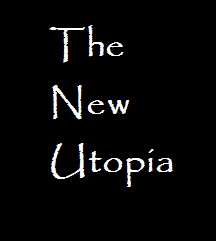Fine tuning of the universe – chemistry, cosmology, astronomy
A common sense interpretation of the facts suggests that a superintellect has monkeyed with physics, as well as with chemistry and biology, and that there are no blind forces worth speaking about in nature.
Sir Fred Hoyle.
Are the laws of physics and chemistry in perfect equilibrium to allow for life to arise? What are the chances for our universe to be stable enough to sustain complex structures (massive planets or stars) and our fragile bodies at the same time? Recent findings in astronomy and cosmology point in the direction of a fixed job. Literally our magnificent void is balancing on a razors’ edge.
Chemistry
Amino acids and peptide bonds – they are the building blocks of proteins and are forming chains, where the order is crucial. Needless to say, any tampering with the sequence can have detrimental effect. The main reason being, the amino acid structure in 3 dimensional space determines what its function will be in the cell.
Here there is a fundamental conundrum for the experts – we have a specific order and a function closely tied to it. To put the things into perspective let’s turn to numbers: less than one in a trillion trillion trillion trillion amino acid sequences forms a well-defined shape.
Cosmology
Hugh Ross talks about number of constants that if slightly increased or decreased may have fatal consequences. Lets examine one of them. The gravitational force constant: tweaking the number will affect the stars temperature by making it either too hot or too cold. Carbon is a crucial component of life, as we know it. It is formed by three helium nuclei or by mixing nuclei of helium and beryllium. As Sir Fred Hoyle discovered, it turns out that the nuclear energy levels have to be in accordance with each other. Any slight deviations from the rule will result in a universe hostile to life.

Astronomy
When we watch the night sky in awe, we seldom ask ourselves why is the Moon the right size and distance so that we can observe and appreciate the spectacular lunar eclipses. Guillermo Gonzales and Jay Richards investigated that and found even more striking coincidences. It turns out that the solar system is not only providing the perfect conditions for life but also our Earth is the best place to do science. In other words, our home provides a favorable spot for viewing, analyzing and measuring the universe. The authors gather data from various fields: Galactic Habitable Zone, plate tectonics, transparent atmosphere, physical laws, etc. and everything seems to support their main thesis.





The contents are masterwork. you’ve performed a wonderful job on this matter!